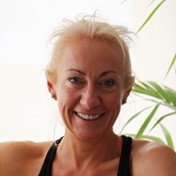
By Sarah Davis
Adventurer and Professional Badass21 Jan 2019 - 7 Minute Read
This is the second in a series of articles about Sarah's endeavor. Learn how the expedition came about and what was involved with the planning here.
After two years of planning, my big African adventure was about to kick off. I was about to take the biggest leap of faith of my life.
My goal was to be the first woman to paddle the entire length of the Nile. I would be accompanied by various small teams of rafting guides and kayakers along the way, and I still needed paddlers for the first portions of the journey, and more approvals from governments and officials. Unable to make further progress from Australia, I was off to Uganda to manage the rest on the ground.
It was the right call. The most important step was getting the team together for the sections from Rwanda to the South Sudan border. Three Ugandans, Paulo, Peter, and Koa – all rafting guides with Nile River Explorers as well as outstanding white-water kayakers – agreed to join the expedition.
We now had four paddlers, including myself: three in the raft, and one safety kayaker.
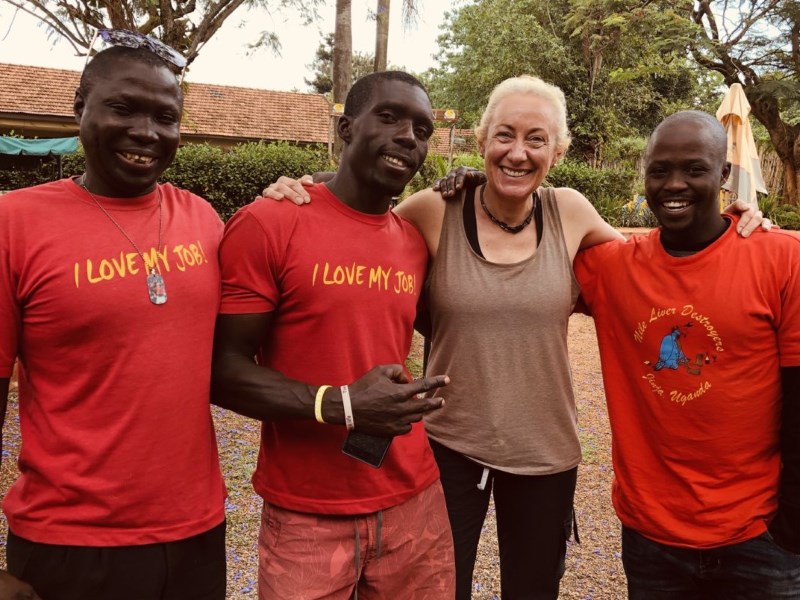
To the Source of the Nile
It’s been variously claimed that the source of Nile is in Uganda, Rwanda, or Burundi. I went with the Rwanda source – the headwaters of the Rukarara River.
Once the permits and letters we needed came through, we went to view the source – the muddy pool that gives birth to the Nile. While it may not be much to look at, the significance for me was enormous, and tears started to well up.

Paddles Hit the Water
As we prepared to put in the raft the next day, I was filled with uncertainties. Did we have enough food? Was all the gear going to work? Was I going to be able to hack it? And what was ahead of us?
By the time we got to the river, the apprehension had been replaced by excitement. This was really happening!
We pumped up the raft and loaded the gear, which included three barrels of food, electronics, first aid, spare oars, camping gear, and much more.
This isn’t the sort of thing the locals see here, and the crowd around us grew. Appropriately enough, it was Umuganda day – the word means “coming together for a common purpose.” On the fourth Saturday of each month in Rwanda, the traffic stops, stores close, and everyone pitches in for a few hours to clean the streets, build schools, and help out anywhere there’s a need.
At last, the raft was set, and at 11:32am on October 27, 2018, our paddles finally hit the water. The locals followed us down the riverbank, shouting, laughing, and waving. I could not stop smiling – my impossible dream had turned into reality.
What was to follow over the next few weeks was the biggest adventure of my life.
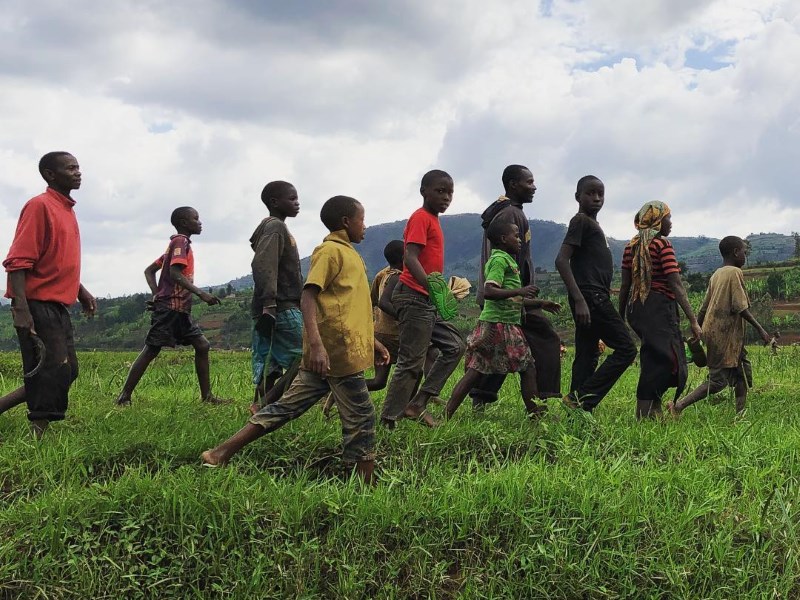
Hungry Hippos
On day six, I woke to hear a hippo outside the tent. Hippos scare me big time. They have the fearsome reputation of killing more people than any other animal in Africa.
It wasn’t long before we met our first small pod. We made our way round them without any issues, but then we saw a baby hippo. I’d barely got out the words “Where’s Mum?” before Mum popped up. We had drifted between her and the baby.
Huffing and puffing with rage, she charged, first trying to flip the raft with her head and then biting a huge hole in it with her enormous teeth.
Paddling frantically, we made it to land, patched the hole, and put the raft back on the water, but we knew this wouldn’t be our last hippo encounter. Peter decided that, in future, we’d get off the river and tow the raft if we could.
We soon put that into practice, as a huge male hippo was up next. We got out, ready to tow the raft past him. While hippos do get out of the water and are very fast on land, they tend not to during the day.
I’m no hippo body-language expert, but the opening and closing of his jaws, snorting, jumping up and down, and scattering of shit suggested Mr. Hippo was not pleased by our presence and was moments away from having a crack at us.
Once he calmed down, we slowly towed the raft past him and tentatively got back in the water. We were to repeat this routine on multiple occasions, sending my heart rate soaring every time.
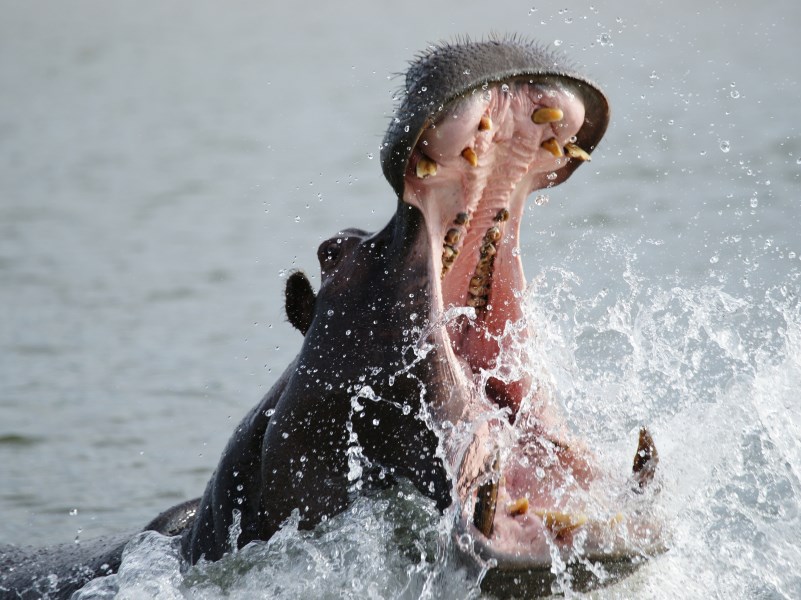
An Unexpected Detour
Hippos weren’t the only threat on this section. At Rwanda’s border with Burundi, we had multiple channels to choose from that weren’t on the GPS. We asked some local fisherman the way – their directions just nudged us over the unmarked Burundi border, and soon some soldiers came over to investigate. We didn’t have visas for Burundi, as the route shouldn’t have taken us there.
First the army and then the police questioned us, inspecting our gear to the point of opening every box of matches. To our dismay, we were then taken deep into Burundi, where we were confined for three tense days before finally being released at the Rwandan border.
There were a lot of people working behind the scenes to ensure our quick return to Rwanda. To all, I am eternally grateful.
We decided that we would put back in on the Akagera a good distance from the Burundi border.
Tanzania
The Akagera dips into Tanzania, and our seven days here featured numerous rapids – one we had to portage around (meaning, take the raft out of the water and carry it along the shore), as it was too big to run.
Approaching another, we paused in an eddy – we’d already entered the rapids, so portaging wasn’t an option now. Koa went off in the kayak to check out our options.
The middle and right channels were out – too big. The channel on the left looked OK, until we rounded a corner and to our horror, saw a massive drop. Koa watched us go vertical into the hole below, certain we couldn’t all survive. We hit the water and went under.
The raft buckled, pressing against my head, and then we popped up and careened blindly down the rapids. Peter had been thrown out of the raft, but as we entered calmer waters, we pulled him back in and made it to the side of the river laughing.
Through Rwanda and Tanzania, we camped each night. As the journey progressed, so did the deep papyrus, steep banks, and dense forest, which made finding campsites a challenge.
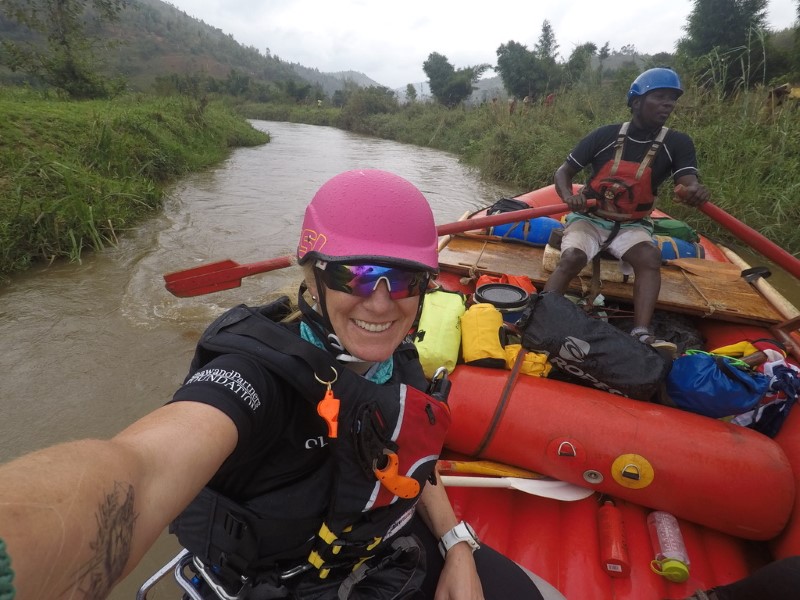
We continued along the Akagera to Lake Victoria. This was a big milestone – there was cheering all round and genuine surprise, given everything that had happened, that we survived.
My initial plan had been to use a single kayak and engage a local fisherman to guide me across the lake. But my crew was keen to keep going, and I really wanted us to continue as a team, so we got two tandem kayaks and set off for the Sesse Islands, 37mi (60km) away in Uganda.
Between the strong headwind and the heavy kayaks, it was slow going. After many hours of paddling and more still to go, we got a lift from two fishermen in their wooden boats.
After a second day of struggling in the kayaks, I made the call that we’d take a ferry to Entebbe, Uganda, and then a boat part way back to Jinja, with one final day in the kayaks to bring us home.
While this was moving away from my plan to paddle the full length of the Nile, the priorities had changed. We’d become a close-knit team and to me it was more important that we finished this section together. This trip was about the adventure and the search for fulfilment. The “how” was less relevant.
Around 6pm on November 19, we pulled in to Nile River Explorers in Jinja. This first big section was done.
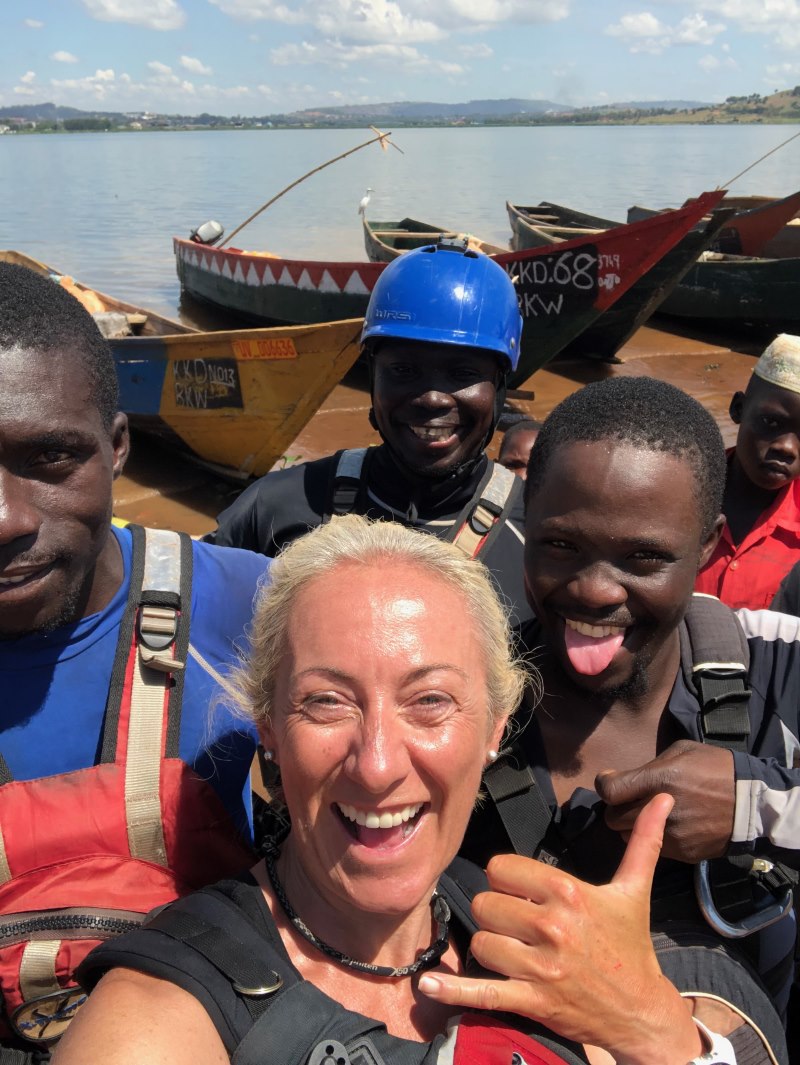
I was filled with an incredible sense of achievement. This had been a huge learning curve and had thrown endless challenges and dramas at us. I had started this trip so far out of my comfort zone I could barely see it.
But, as I went to sleep that night, smiling, the sense of fulfillment that had prompted this whole trip was there. If the expedition finished right now, it would be enough.
Discover similar stories in
discovery
Adventurer and Professional Badass
Sarah is a British-born Australian with a love of sport and a passion for travel and adventure.
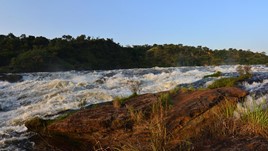


No Comments